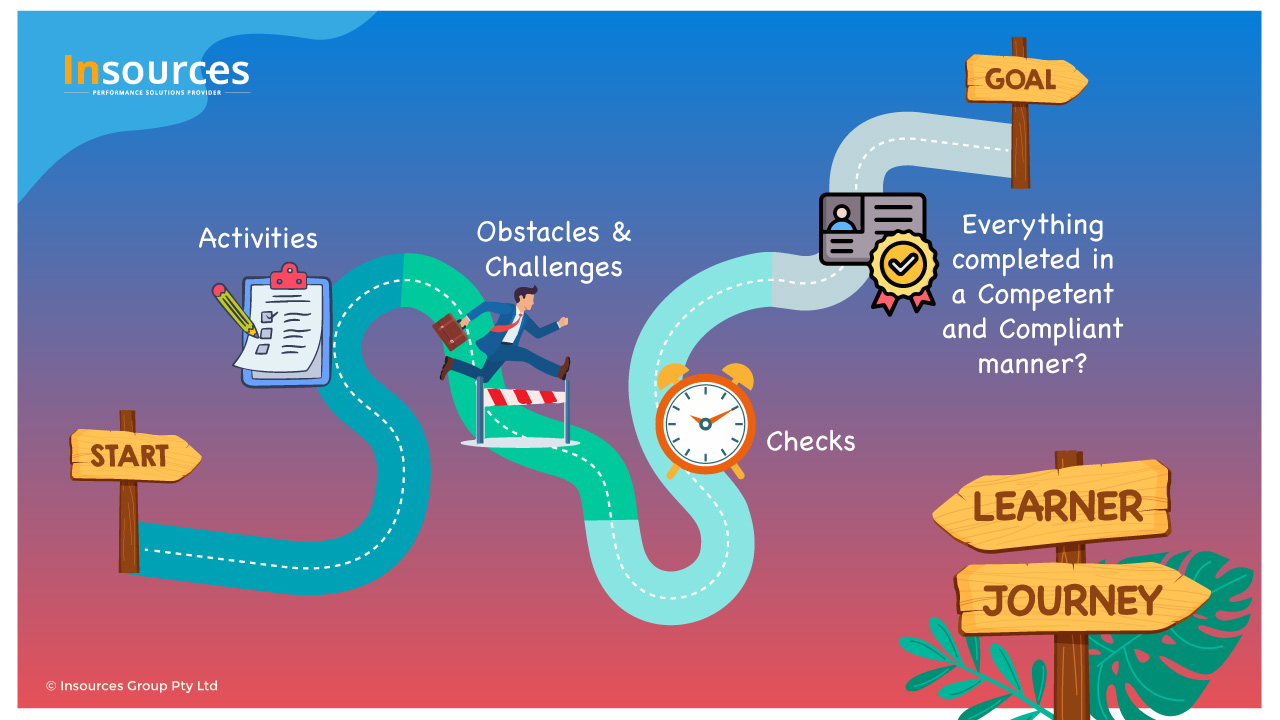What is the audit process with ASQA?
Planning the audit
Once ASQA conducts a risk assessment and determines an audit is required, the lead auditor will usually contact the provider to advise of the scheduled audit and set an audit date (which could be up to several months away), although ASQA does have the authority to conduct an audit of a provider with little or no notice.
The scope and complexity of an audit will vary according to its purpose and the risk rating of the provider being audited. Audits are usually conducted via site visits, although desk-based audits of provider evidence are conducted from time to time. The audit may include a visit to local and interstate delivery sites. ASQA has authority to audit delivery sites located outside Australia.
During an audit, information may be sourced from the provider itself, its students, industry organisations, ASQA’s compliance systems (such as the complaints register), and other risk analysis systems.
Approximately 10-20 days before the audit date, the lead auditor will contact the provider to:
- confirm the audit date/s and commencement time
- advise the name of other auditors in the audit team and/or technical advisers (if relevant)
- notify the scope of the audit – the qualifications and/or courses to be sampled and sites to be visited, and
- request the submission of pre-audit evidence/information.
Conducting the audit
The audit usually involves a visit by an auditor (or team of auditors) usually to the applicant’s/provider’s head office as well as to one or more delivery sites/proposed delivery sites.
The site visit will commence with an opening meeting to confirm the reason, scope and process for the audit and then move on to the process of evidence collection and analysis, which may include interviews with key staff and students and the review of documented evidence. Essentially, the onus is on the applicant or registered provider to provide evidence of how it is:
- delivering training and services
- meeting the learning needs of its students
- continuously improving outcomes (RTOs only), and
- complying with the requirements of the conditions and standards of registration.
The site visit concludes with an exit meeting to communicate key findings and gaps in compliance and to confirm the next step.
An audit report is then prepared and if non-compliance has been identified, the provider will be given one opportunity to provide further evidence of compliance. That evidence will be considered in the formulation of a recommendation about the applicant or registered provider’s initial or ongoing compliance.
Decision
ASQA will then make a decision about compliance with the relevant standards and determine the outcome of the application, if relevant.
The applicant or registered provider will receive notification of ASQA’s decision and if an application for initial or renewal of registration has been granted, a Certificate of Registration will be issued.
How can a provider prepare for a site audit?
Some practical preparations for a site audit include:
- ensuring that senior management is available on the day(s) of audit
- allocating a staff member to liaise with the audit team
- ensuring that auditors will have access to staff and students
- ensuring that auditors will have ready access to relevant staff and student files (including completed assessment materials)
- providing a work space with adequate power points, lighting and desk space, in which the audit team can work, and
- having the information requested readily available.
It is mandatory for applicants for initial registration to conduct a self-assessment prior to the audit.
It is advisable, but not mandatory, for existing providers to conduct a self-assessment prior to the audit.
To assist RTOs to monitor their compliance with the VET Quality Framework, ASQA has developed a self-assessment template, which is available at www.asqa.gov.au/forms.html
Source: www.asqa.gov.au




